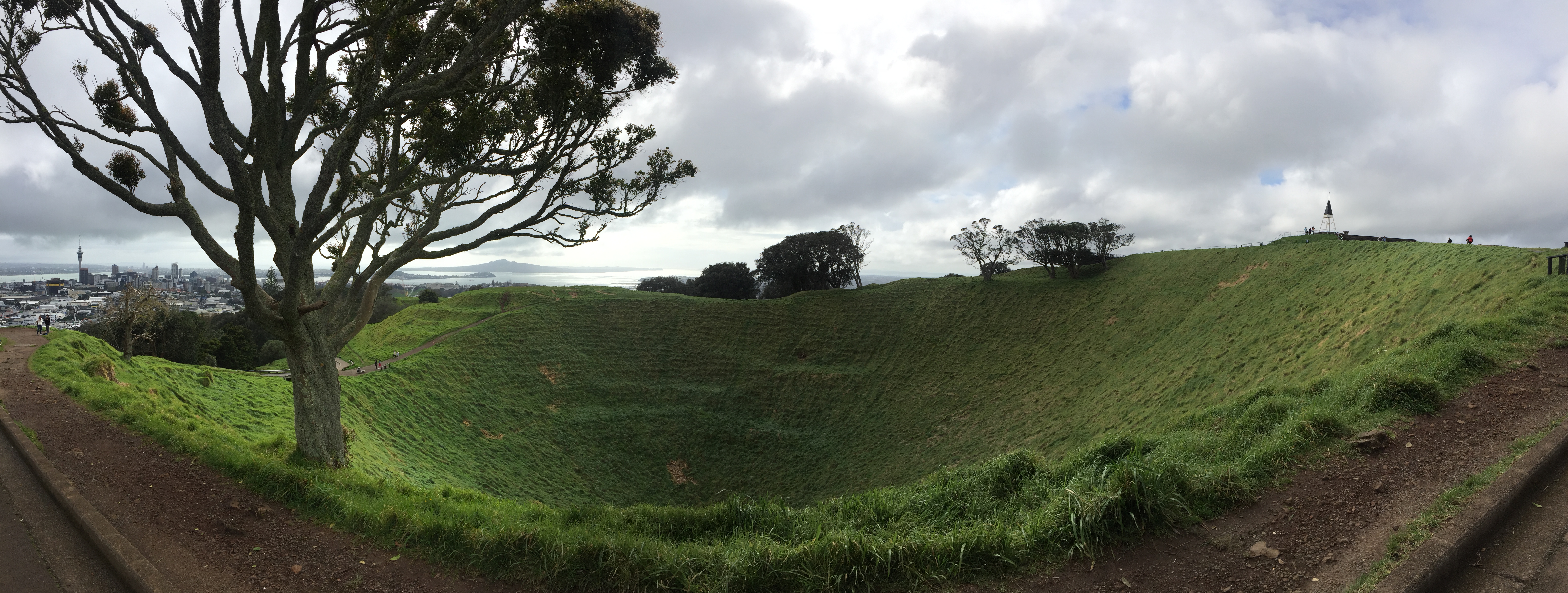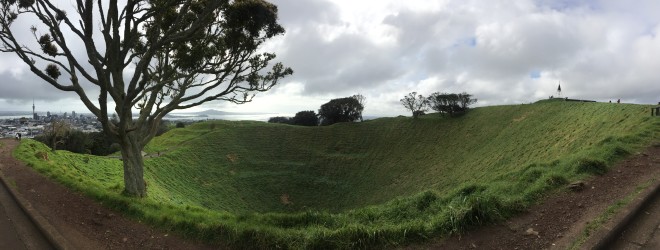
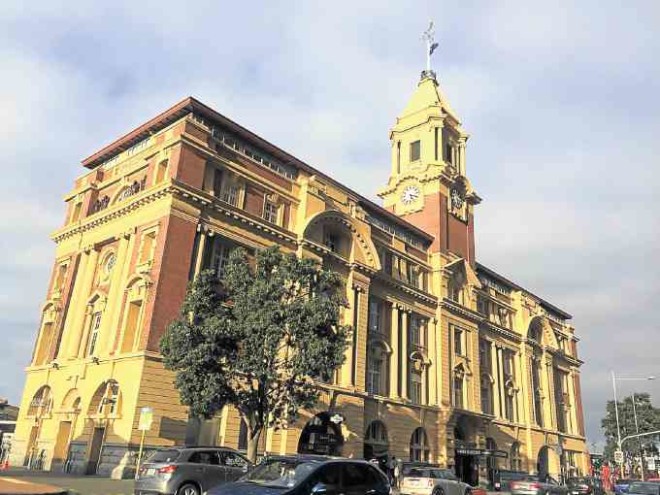
New Zealand has been in the world news lately. On Nov. 14, a 7.8-magnitude earthquake struck, the epicenter of which was northeast of Christchurch, a city hit by a similarly powerful temblor in February 2011 that killed 185 people.
While only two casualties were reported this time, the quake was a reminder of one of New Zealand’s unique characteristics, which accounts as well for its often unearthly beauty. This country of adjoining two landmasses, located below Australia and already quite near Antarctica, is shaped by the primal elements of fire and ice—active volcanoes on the one hand, and massive glaciers on the other.
The other news about New Zealand is much cheerier. According to the Legatum Prosperity Index, an annual survey of 149 countries by a London think tank, New Zealand is the best place in the world to live in 2016, due chiefly to its “free and open markets, free people, and strong society.”
Not surprisingly, it also notched high marks for the quality of its natural environment.
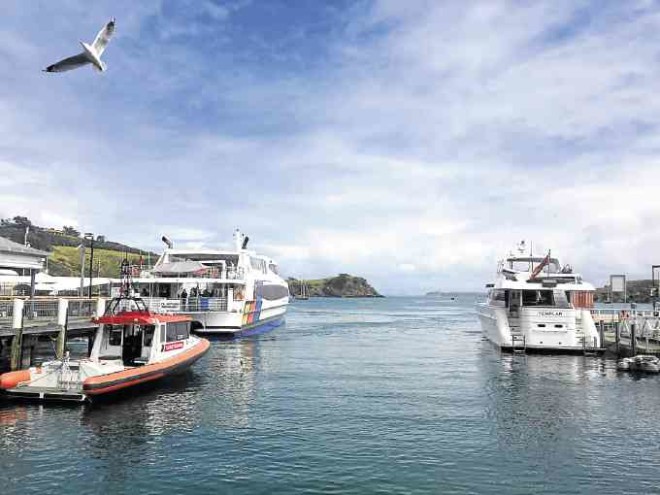
More particularly, a global “liveability” study by the Economist Intelligence Unit, which looked at such factors as quality of health care, transport, schools, crime levels, etc., adjudged Auckland, New Zealand’s largest urban center, as one of the 10 most liveable cities in the world.
Pristine environment
Filipinos traveling to Auckland—Philippine Airlines flies four times a week to the city via Cairns, Australia (see sidebar)—get an immediate idea of the high premium New Zealand puts into taking care of its environment right in the airport.
The quarantine desk is extra-strict in screening anything that might pose contamination or biosecurity risks, including fruits and food of any kind, plant and animal products, even clothing or implements previously used for gardening, farming or outdoor activities, such as tents, tools, footwear. Visitors must declare these—or pay a steep fine of $400.
That extra vigilance becomes understandable once you’re out breathing New Zealand’s air and marveling at the view. This is a land of endless green farmland and sheep-flecked meadows, of icy mountains and fiery geysers, caves that gleam with the enchanting light of millions of glowworms, and scenic coastlines framing bustling cities—all kept in pristine condition.
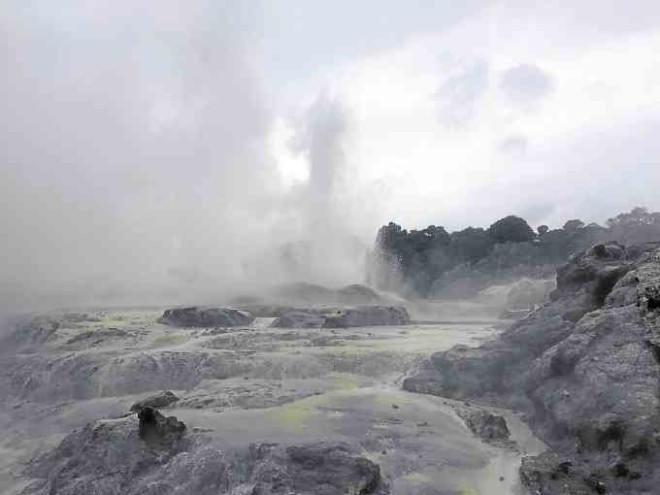
Auckland’s skyline, one of the world’s most recognizable, thanks to the iconic Sky Tower and the blue harbor in the foreground, is especially picturesque from nearby Mt. Eden. The highest point of this extinct volcano offers a 360-degree view of the city below, made more distinctive by the addition of a unique topographic feature—a massive crater whose rim has been developed into a running and biking trail with presumably the purest oxygen around.
Island country getaway
A mere 35-minute ferry ride from urban Auckland is Waiheke Island, a country getaway of wineries, olive orchards, craft shops and rustic restaurants. The graceful green hills with their groves and vineyards set against the sea constitute a vista irresistible for weddings and honeymoons. With a glass of local wine on one hand and a sprig of lavender on the other, any visitor can only sigh at the serene, Edenic vibe.
No one visiting New Zealand, of course, would miss the chance to go to the Hobbiton—the now-famous farm in a once-remote part of the country, about two hours away from Auckland by bus, that Peter Jackson chose as the cinematic stand-in for the mythical Middle Earth of “The Lord of the Rings.”
The Alexander Farm is the Shire made real, a sprawling movie set constructed with the help of the New Zealand army (which also served as extras in the films), and now maintained full-time as a tourist destination.

The insistence on authenticity extends to growing real vegetables on the yards of the 39 Hobbit holes, though only Bilbo Baggins’ house on a hill is partially furnished to give visitors a peek into Hobbit living.
Atop Bilbo’s house is the sole artificial prop in the entire farm—a towering tree made of steel and silicon, but which looks seamlessly real.
Everywhere else, there are longjohns and petticoats flapping on clotheslines, firewood ready for chopping, chimneys puffing smoke, even geese (black swans, in this case) cavorting on the pond. Tolkien’s vision of rural England—resurrected in Matamata, New Zealand.
Cradle of Maori culture
Matamata is about an hour away from Rotorua, a city and region said to be the cradle of ancient Maori history and culture.
The Te Whakarewarewa Thermal Reserve in Te Puia, Rotorua, hosts not only the spectacular Pohutu geyser and the surrounding environs of mud pools and hissing vents (the Maori would cook their food in these earth ovens); it’s also home to a kiwi sanctuary—one of the few places to see New Zealand’s elusive and endangered national icon. The nocturnal flightless bird flits about in large glass enclosures shrouded in darkness; seeing one in the enclosed bush once your eyes have adjusted to the dark is spine-tingling.
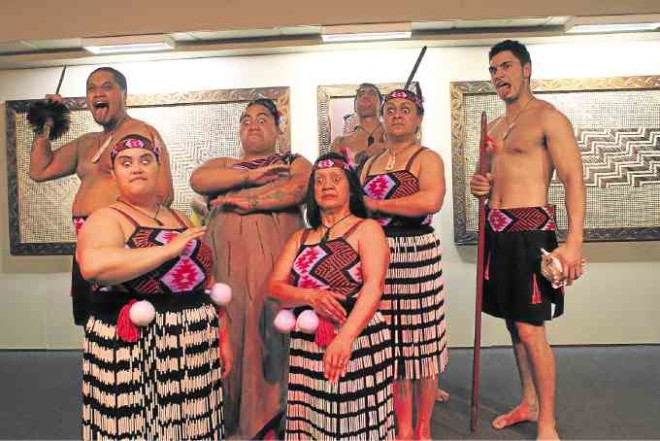
Close to Roturua are the Waitomo Caves, another destination that requires visual adjustment to darkness to be able to behold the star of the place: the arachnocampa luminosa, a glowworm species endemic to New Zealand that, in their millions, hanging on the cave’s ceiling and crevices, create a breathtaking universe of light amid spectral darkness, as visitors on boats glide silently on the river below.
The millennia-old limestone caves of Waitomo have sections that are cathedral-like in their vastness, adorned with stalactites and stalagmites and with superb natural acoustics. The Maori opera superstar Kiri Te Kanawa has famously performed in this one-of-a-kind venue.
Top industry
Along with tourism, farming is a top industry in New Zealand, and a place like the Agrodome in Ngongotaha, also in Rotorua, combines the two into a fun eco-farm show. Tourists learn about and get up close with 19 sheep breeds—the backbone of the country’s reputation as a fine source for dairy, merino wool and lanolin oil, among others. They will see a shearing demonstration, watch sheepdogs expertly interact with the herd, feed lambs and see how wool is turned into clothing.

The best way to cap a visit to New Zealand is by watching a “haka”—the traditional war dance of the Maori, an intense experience filled with history, song, mythology and mysticism. In their soaring war cries and lilting melodies, the descendants of the ancient people of this country celebrate their indefinable bond with the land—and beckon visitors to discover for themselves the rest of New Zealand.
Outside of Auckland, after all, is the rest of the country—the capital Wellington, historic Christchurch, more forests and pastoral country, more heaving volcanoes and mighty mountain ranges, the gleaming sounds and fjords in the glacial regions of South Island and beyond.
To explore Middle Earth, start from Auckland—what a start that would be.
Philippine Airlines flies four times a week to Auckland, New Zealand, with a one-hour technical stop at Cairns, Australia.
Call 8558888 or 9111327.
(See sidebar for promo fare and special visa services for Mabuhay Milers.)

